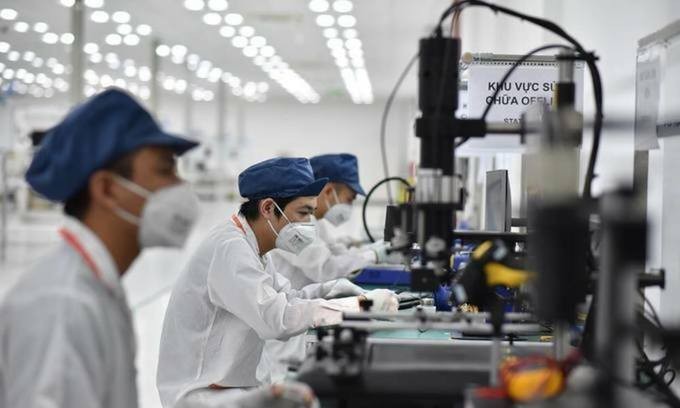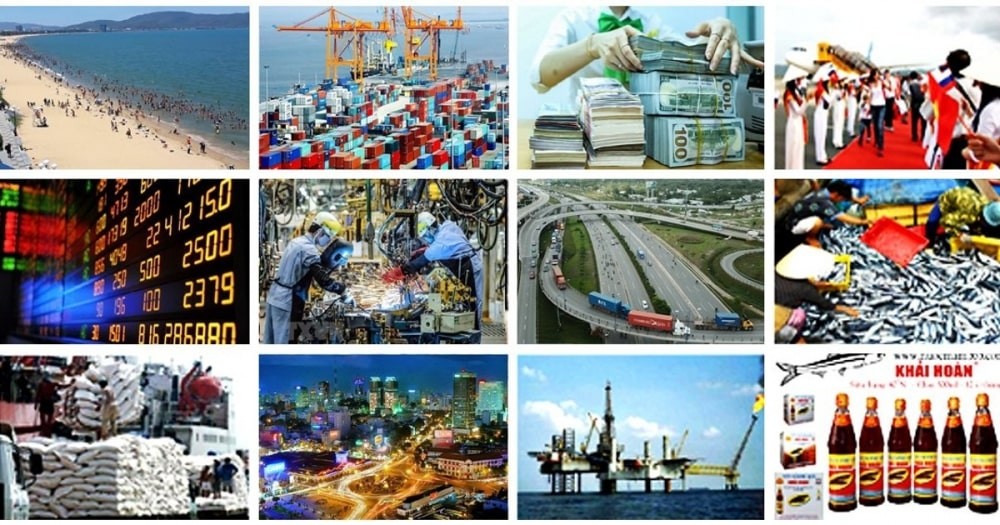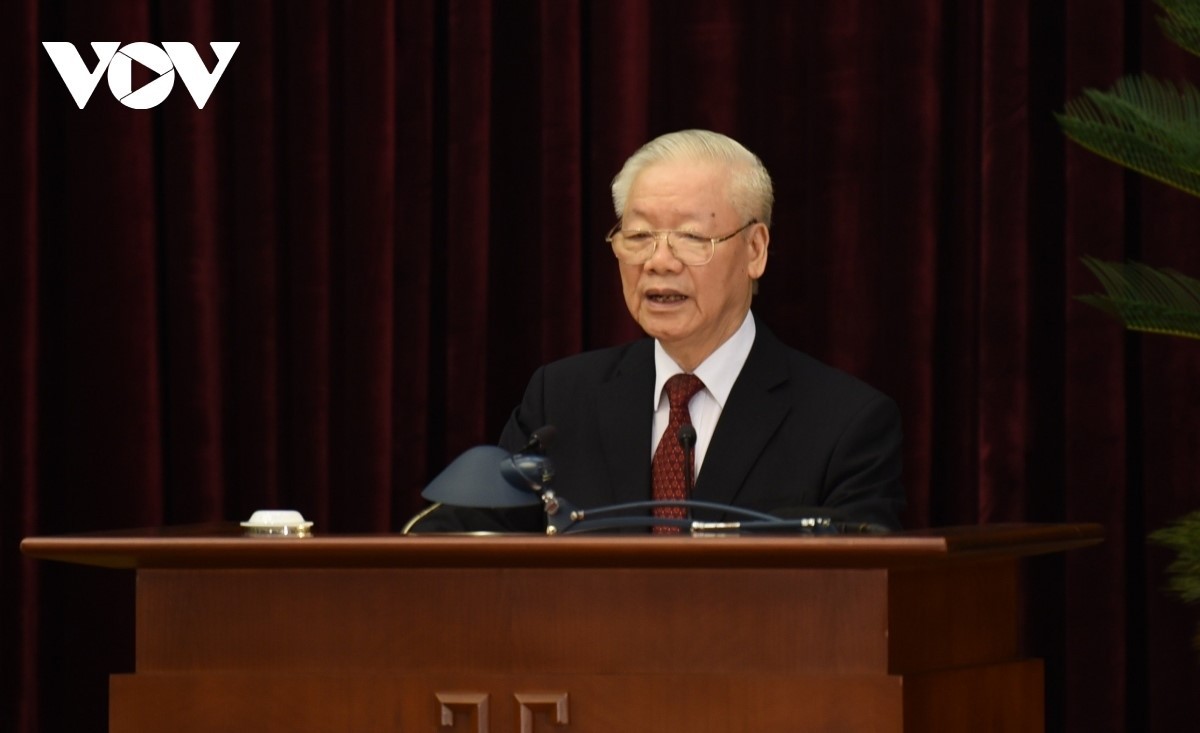Vietnam Ranks 6th Place in GDP Per Capita Among Southeast Asian Countries
 |
| Employees work at a smartphone factory in Hai Phong City, northern Vietnam (Photo by VnExpress). |
Accordingly, Singapore is the leading country in the region in terms of GDP per capita with US $88,000. The island nation is also one of the richest countries in the world in terms of GDP per capita. With an area of 734 square kilometers, Singapore has only 5.6 million people and possesses limited natural resources. However, its strategic location helps the country become an important regional trade center.
Ranked second, Brunei has a large difference compared to Singapore when the average GDP per capita is US $35,110. Oil plays an important role in Brunei's economy. Although it brings in great revenue, oil also makes the country dependent on natural resources and vulnerable to fluctuations in the energy market.
Two tourism-dependent countries, Malaysia and Thailand, ranked third and fourth on this list with GDP per capita of US $13,310 and US $7,810, respectively. Indonesia, the largest economy in Southeast Asia and also the fourth most populous country in the world, ranked 5th with a GDP per capita of US $5,270. Vietnam ranked behind Indonesia with US $4,620.
The concept of gross domestic product (GDP) was introduced by Russian-born economist Simon Kuznets in 1937 to measure the output of economies. Now, GDP and GDP per capita have become standard statistics to compare economies and labor productivity of countries.
According to Vietnam Investment Review (VIR), the World Bank assessed Vietnam as a development success story with great contributions of foreign direct investment (FDI) to economic growth.
In particular, the nation's economic reforms since the mid-1980s, coupled with beneficial global trends, have helped propel Vietnam from being one of the world’s poorest nations to a middle-income economy in one generation. For example, GDP per capita increased nearly seven-fold in less than 40 years, from below $600 per person in 1986 to almost $4,170 by late 2023. Poverty rates have declined from 14% in 2010 to 2.93% last year.
Economic growth in Vietnam is projected to reach 5.5% in 2024, up from 5.05 per cent in 2023, driven by increasing global demand and restored domestic consumer confidence. Also, real GDP growth is expected to strengthen in the next three years, reaching the pre-pandemic average by 2026.
To achieve the goal of becoming a high-income country by 2045, Vietnam would have to grow at an annual average rate of about 6% per capita for the next 25 years, cited VIR.
 | Alibaba to Build a Data Center in Vietnam Alibaba projects to build a data center in Vietnam to keep up with demand in one of Asia's fastest growing economies. |
 | Vietnam And Brazil Promote Trade Cooperation Currently, Vietnam's exported goods to the Brazilian market are facing fierce competition in both quality and price from other markets. |
 | Vietnamese Space Stands out at 120th Paris Fair Nearly 30 booths of businesses from Vietnam introduced a variety of products, from handicrafts, silk products, brocade goods, to fruit jams, tea, dragon fruit, and ... |







